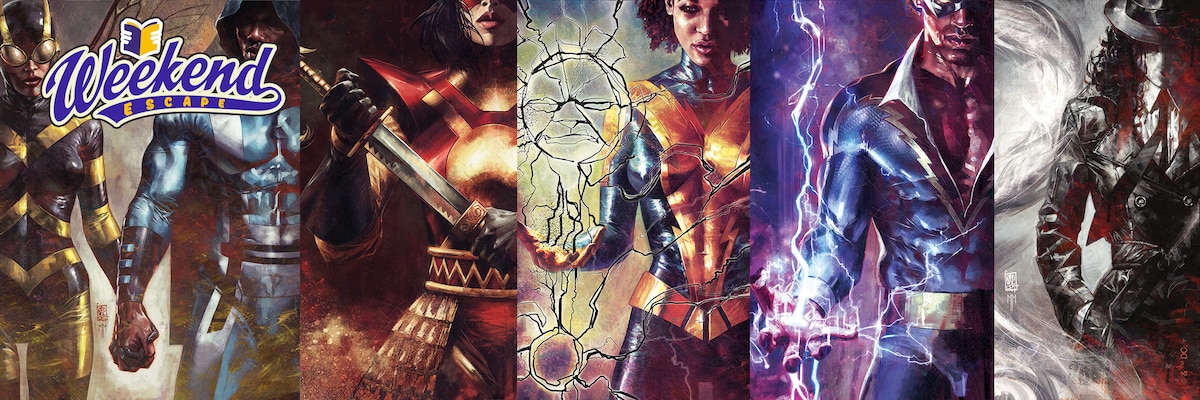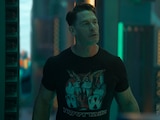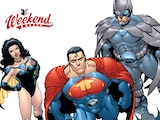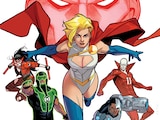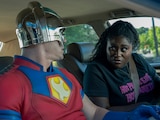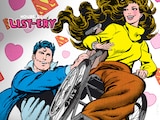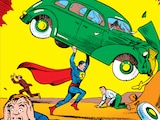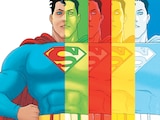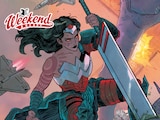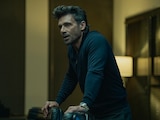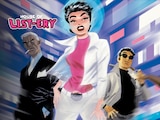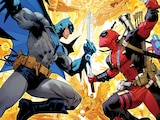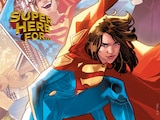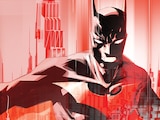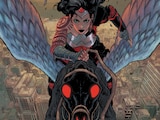Comic books are an ever-evolving medium, often bearing the imprint of the time period they were originally created in. They communicate contemporary attitudes about gender roles, social problems, societal fears and so much more, whether or not they were explicitly created to do so.
Approaching comics this way opens up a path for understanding a significant portion of the twentieth century. With a rich archive of comic books at our disposal, writer John Ridley takes a deep dive into the publication histories of BIPOC characters like Black Lightning, Katana, Bumblebee, Thunder and more with The Other History of the DC Universe. In doing so, Ridley tackles the complexities that these marginalized characters have faced at different times in history.
The Premise:
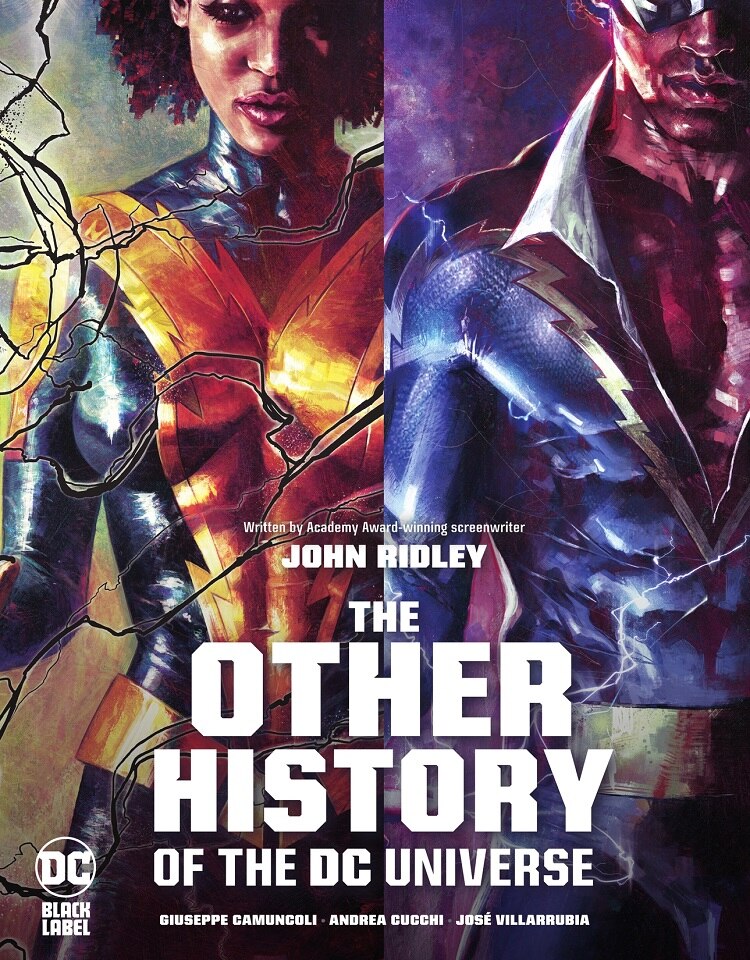
The Other History of the DC Universe has a simple but genius premise. Each issue is composed of panels and other illustrations from one BIPOC character’s publication history, recontextualized through Ridley’s writing. Each issue is narrated by the character, who offers their own perspective on the events that happened to them in their past. In doing so, they may point out the shortcomings of the events they were involved in, or express regret for their actions. Beyond centering BIPOC characters, The Other History of the DC Universe explores the intersections of other identities that these characters have. The book also explores Renée Montoya and Thunder’s experiences as queer women of color.
The name of the miniseries recalls the History of the DC Universe two-issue miniseries by Marv Wolfman and George Pérez that aimed to construct a historical timeline for the world of DC in 1986. Wolfman and Pérez’s issues were a sweeping, bird’s-eye view of the DCU. In contrast, The Other History of the DC Universe is an intimate look at DC history from one character’s perspective at a time.
Let’s Talk Talent:
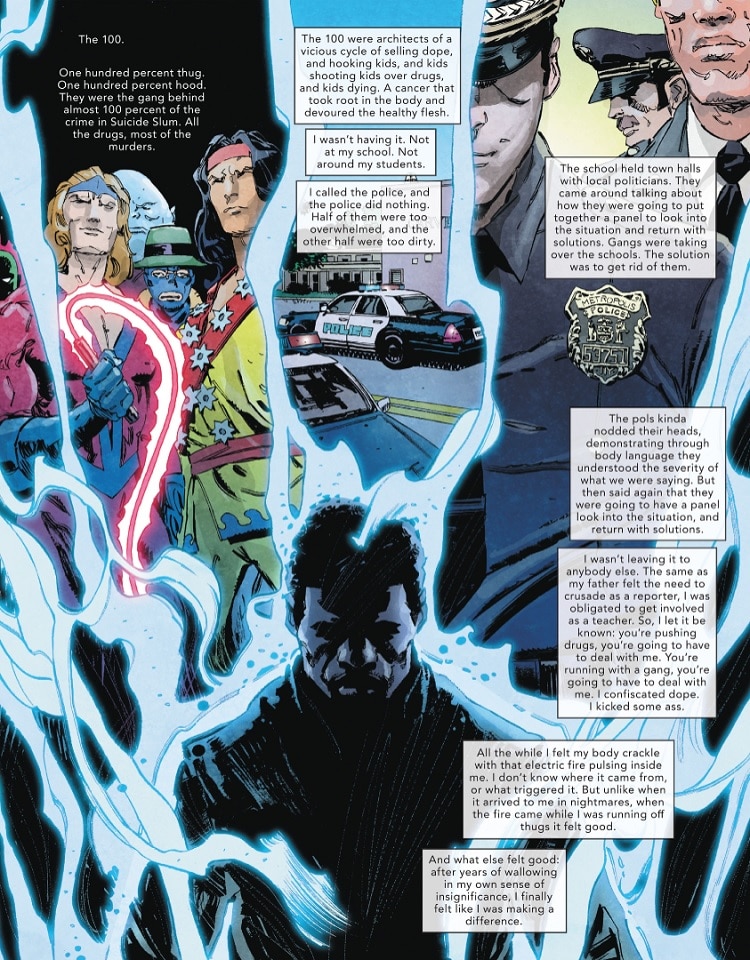
John Ridley is the Academy Award-winning screenwriter of 12 Years a Slave. He’s also the mastermind behind Jace Fox’s Batman, introducing him first in Future State: The Next Batman, before filling in his backstory in The Next Batman: Second Son and I Am Batman. Ridley also wrote the Penguin issue of Batman - One Bad Day, an anthology series that focused on different Batman rogues.
He's joined here by Giuseppe Camuncoli (Hellblazer) who serves as the layout artist for The Other History of the DC Universe. Camuncoli’s choice of panels is masterful, striking a balance between images with symbolic or metaphorical importance and those with contextual evidence. The finishes come care of Andrea Cucchi, with José Villarrubia serving as the colorist. Together, they create a unified aesthetic throughout each issue, despite the immense swaths of time covered.
Finally, Steve Wands is the series’ letterer. Wands’ avoidance of text balloons in favor of putting the words directly onto the art adds a magazine-like quality to The Other History of the DC Universe that also makes it feel more confessional. To put it simply, there aren’t many comics that look like this one.
A Few Reasons to Read:
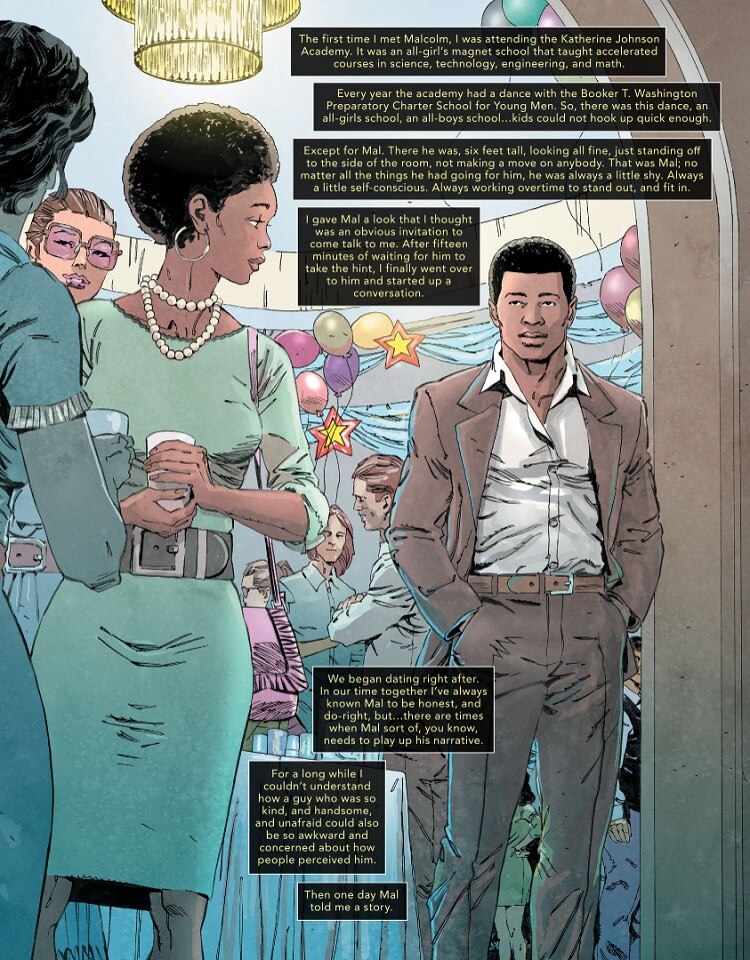
- One of the most compelling aspects about the DC Universe is its tradition of self-reflection. The scale of the DC tapestry is absolutely enormous at this point, and it is satisfying to look back on the moments both great and small that have impacted the development of DC lore. For me, I wish this self-reflection took place more often, which is why The Other History of the DC Universe is such a gift.
- There is something gratifying about a marginalized character being able to take control of their own narrative and comment on their most iconic moments. There is a rare sense of perspective in The Other History of the DC Universe because the characters are speaking directly about their own comics. It’s a satisfying way for these characters to reckon with the racism and other prejudice that impacted how they were written in the past. I think it’s always important to look back on comic book history and recognize both the triumphs and the shortcomings, and The Other History of the DC Universe hands this to the characters directly.

- Each of the characters in The Other History of the DC Universe feels like a real person you are talking to. In turn, it makes you realize just how long characters like Black Lightning have been around for. There’s a whole well of experience that they have. Bearing witness to their reflections is like watching a mentor being vulnerable.
- Since Action Comics #1 in 1938, DC has been responsive to current events. Viewing the DC Universe and its characters in a historical vacuum contradicts how these stories were first created (just ask Denny O’Neil about his writing process on the “Hard-Traveling Heroes” arc in Green Lantern/Green Arrow). The Other History of the DC Universe thus tells the story of not only the DC Universe, but of American and world history from the past fifty or so years. For me, it’s evidence of one of the most fascinating applications that comics have: to better understand the past.
Why It’s Worth Your Time:
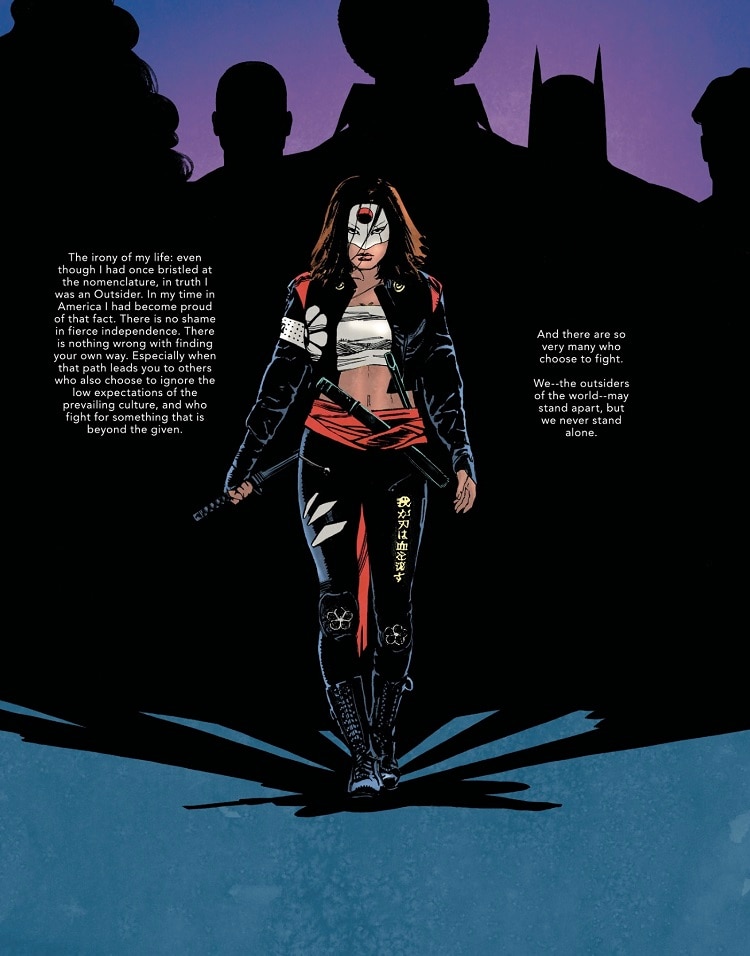
Each of the characters in The Other History of the DC Universe has a voice that needs to be heard. You’ll walk away from this book with an intimate understanding of them, and a desire to read more stories about them. Ridley’s writing has a transformative quality that makes The Other History of the DC Universe a must-read even for DC fans who kept up with all of these characters’ comics when they originally came out.
Additionally, there is something uniquely healing about seeing heroes like Black Lightning, Katana and Thunder grapple with historical events and social issues that affect you, or the communities that you come from. As an Asian American, seeing Katana reflect on the real-life murder of Vincent Chin brought her closer to me. She became more than a comic book character, but someone who also feels the pain of trying to reconcile hate, violence and prejudice in the world. Our heroes may not always have the solutions for problems such as these, but they can give us solidarity and camaraderie. I don’t know about you, but I could always use a little more of that in my life.
The Other History of the DC Universe by John Ridley, Giuseppe Camuncoli, Andrea Cucchi and José Villarrubia is available in print as a softcover graphic novel and can be read in full on DC UNIVERSE INFINITE.
Jules Chin Greene writes about comics for DC.com, and his work can also be found at Nerdist, Popverse and Multiverse of Color. You can follow him on Twitter and Bluesky at @JulesChinGreene.
NOTE: The views and opinions expressed in this feature are solely those of Jules Chin Greene and do not necessarily reflect those of DC or Warner Bros. Discovery, nor should they be read as confirmation or denial of future DC plans.
